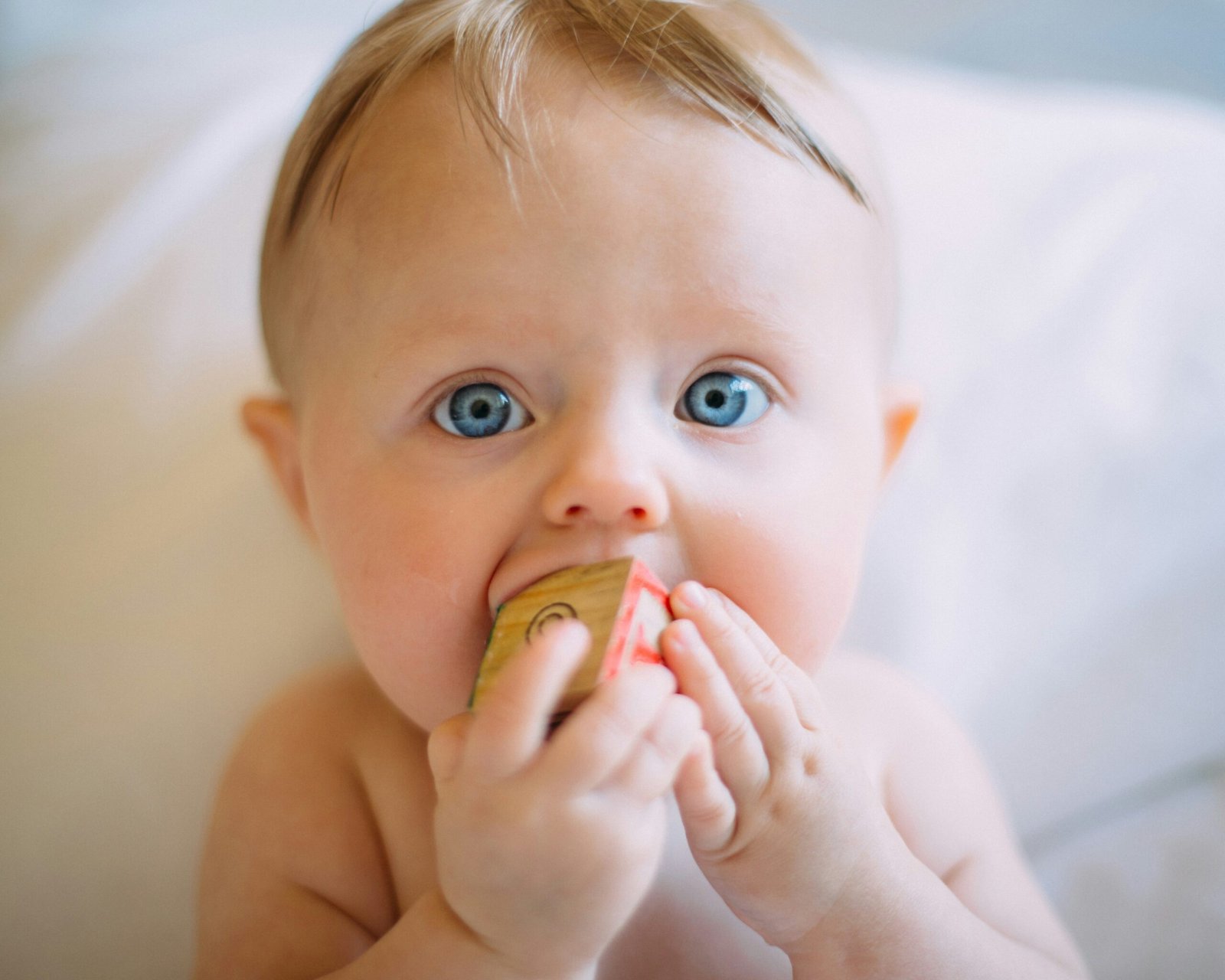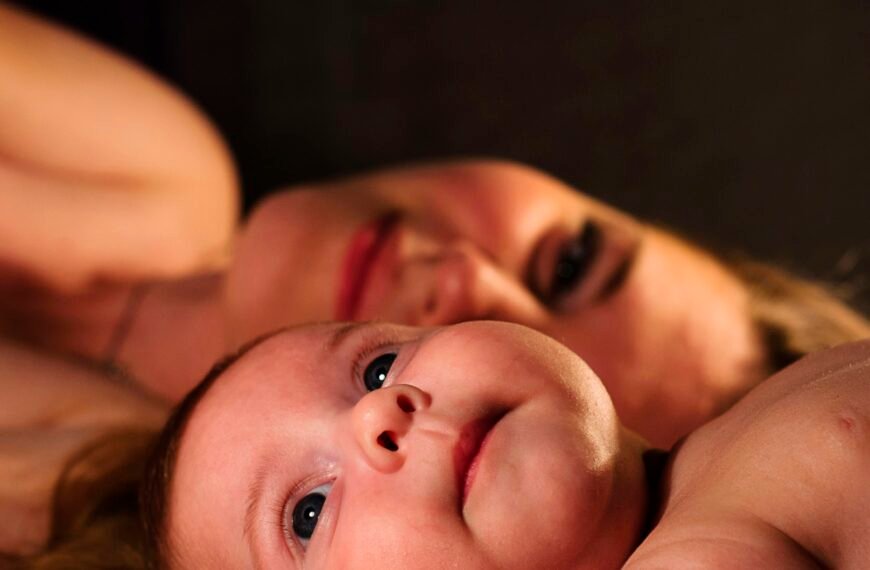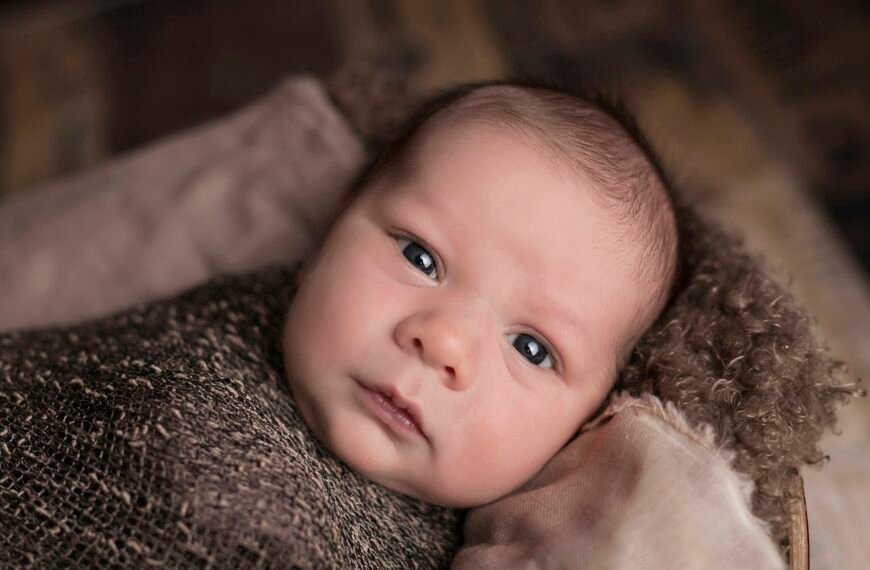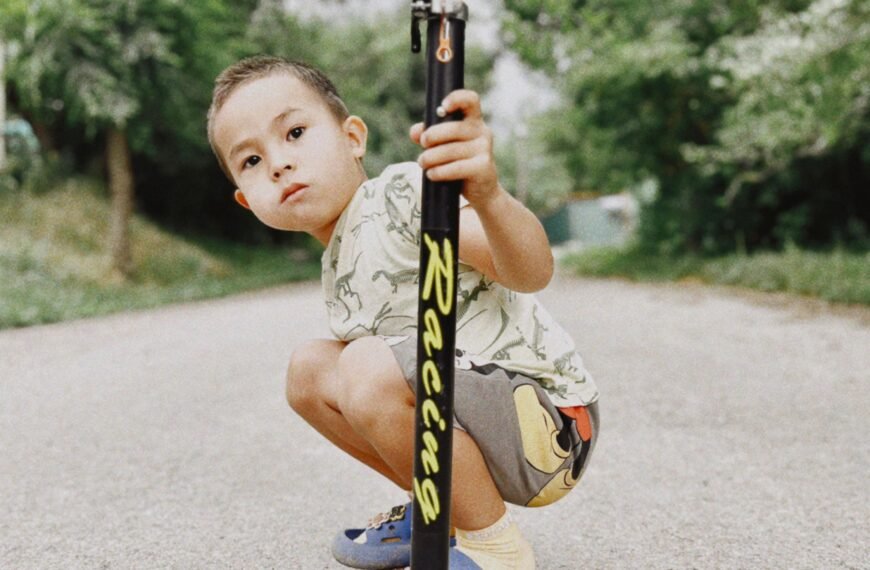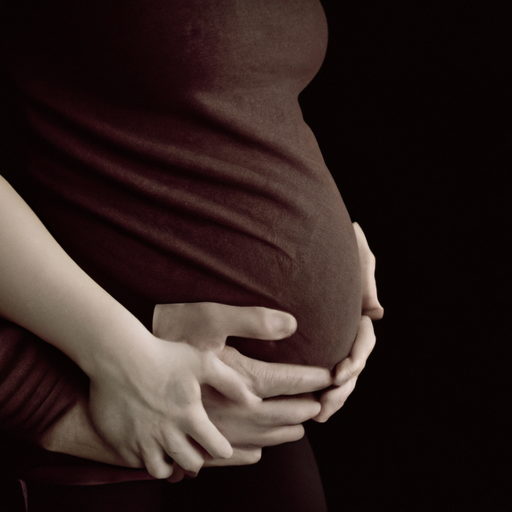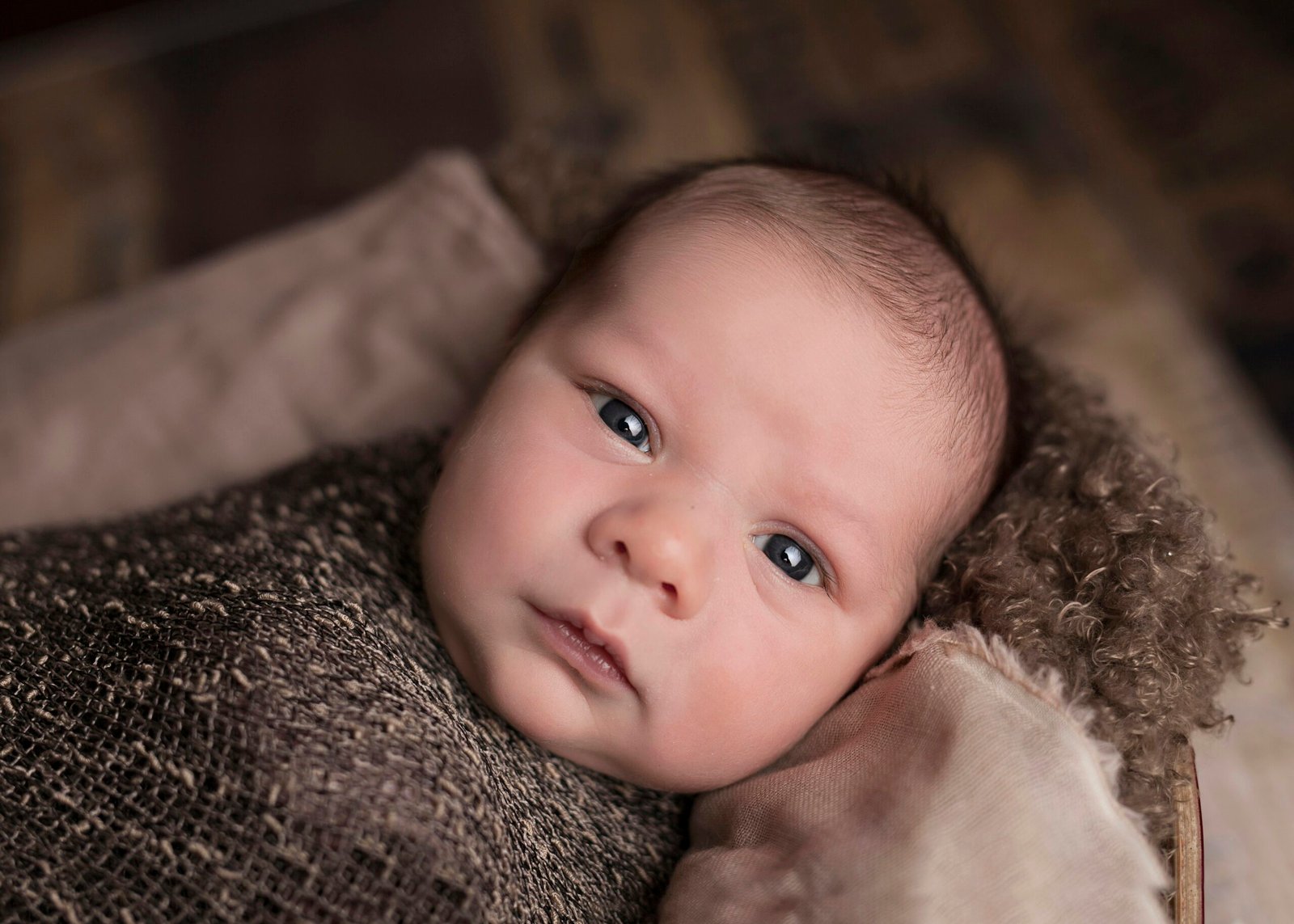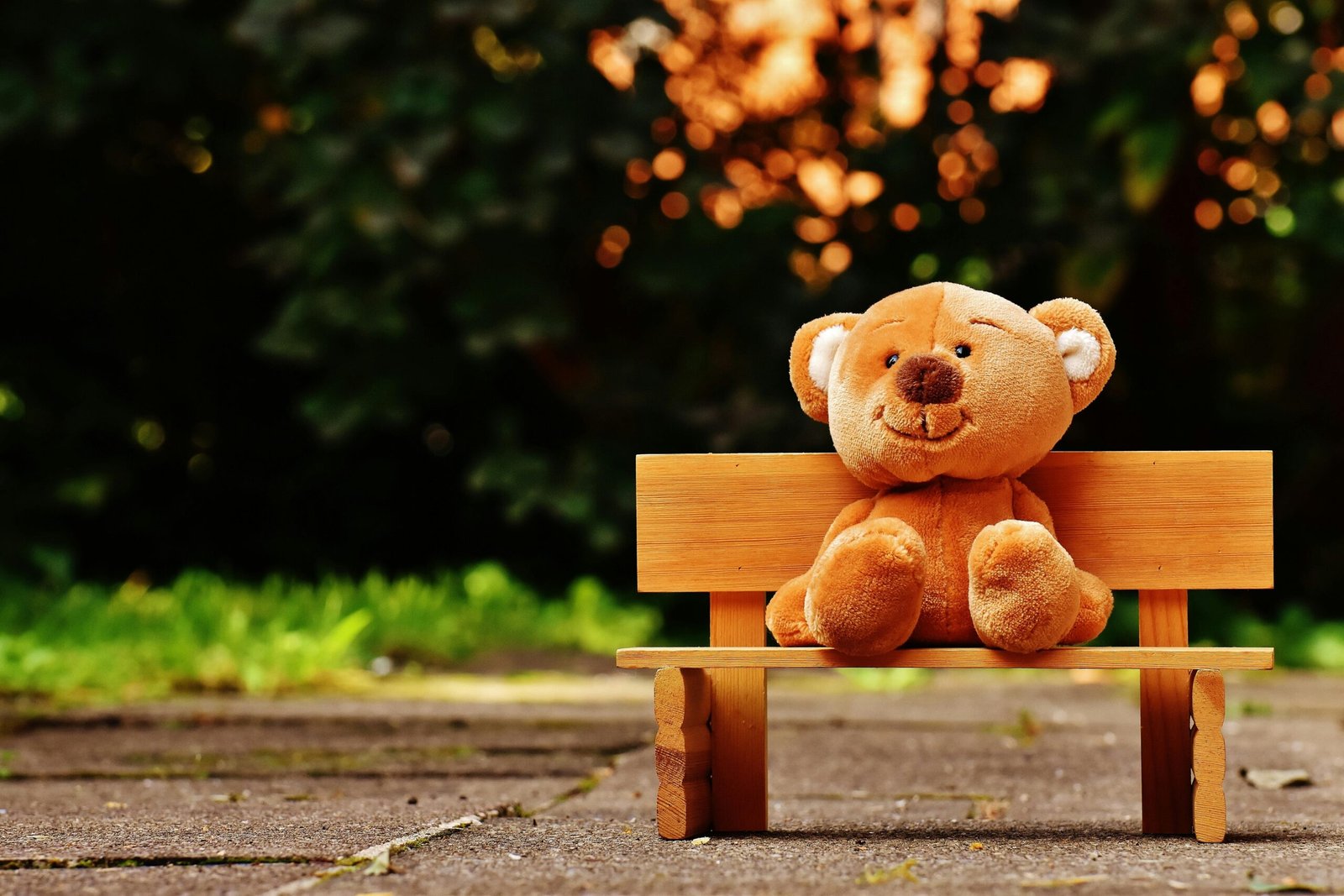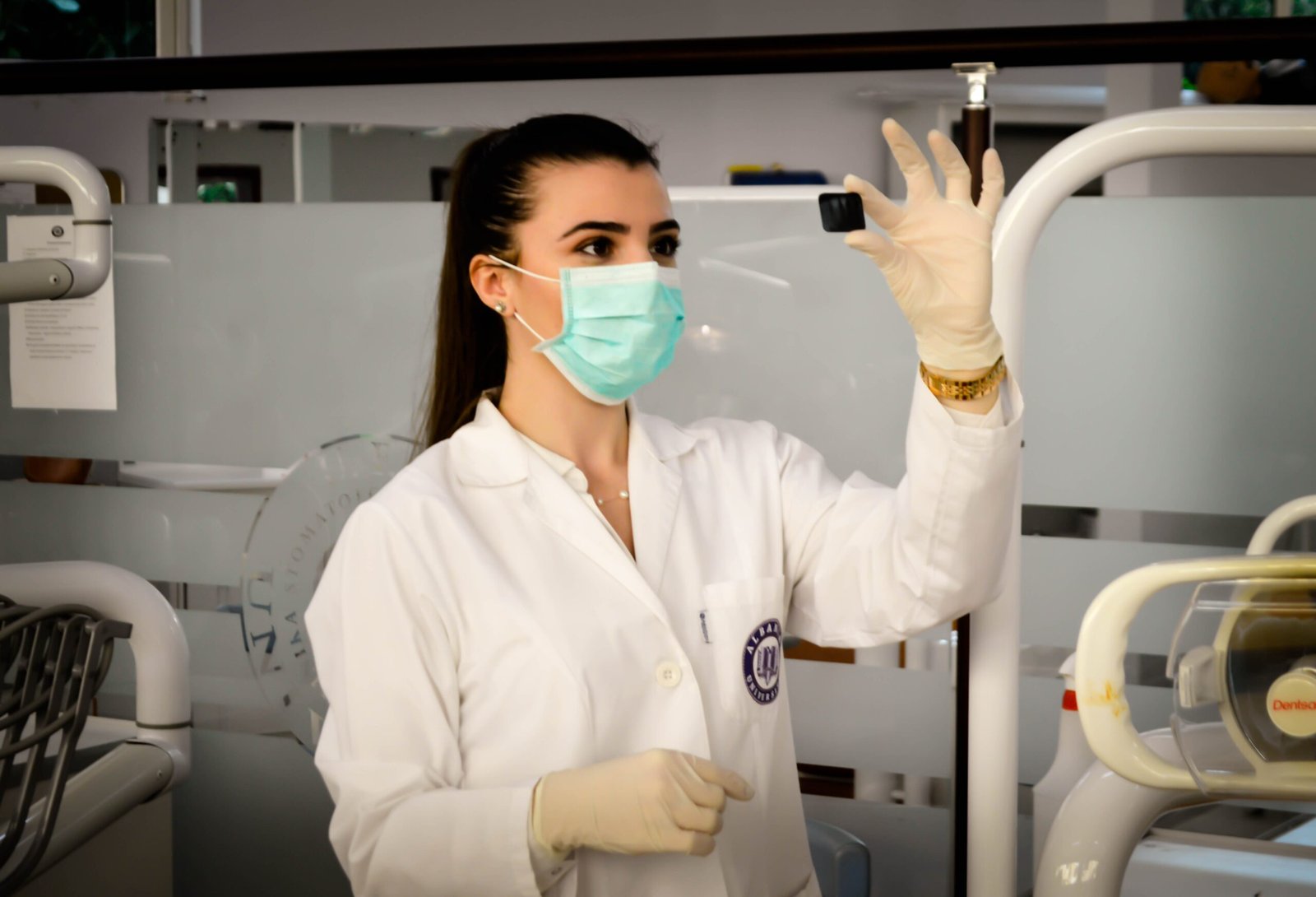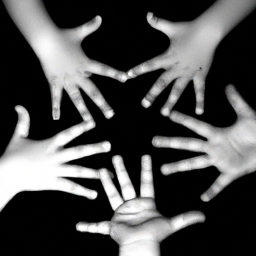As a caring parent, it’s important to ensure the cleanliness of your baby’s toys. But have you ever wondered how often you should be washing them? Keeping your little one’s toys clean is not only essential for their health and hygiene, but it can also help prolong their lifespan. In this article, we will explore the recommended frequency to wash baby toys, providing you with valuable insights to keep your baby’s playtime safe and germ-free.
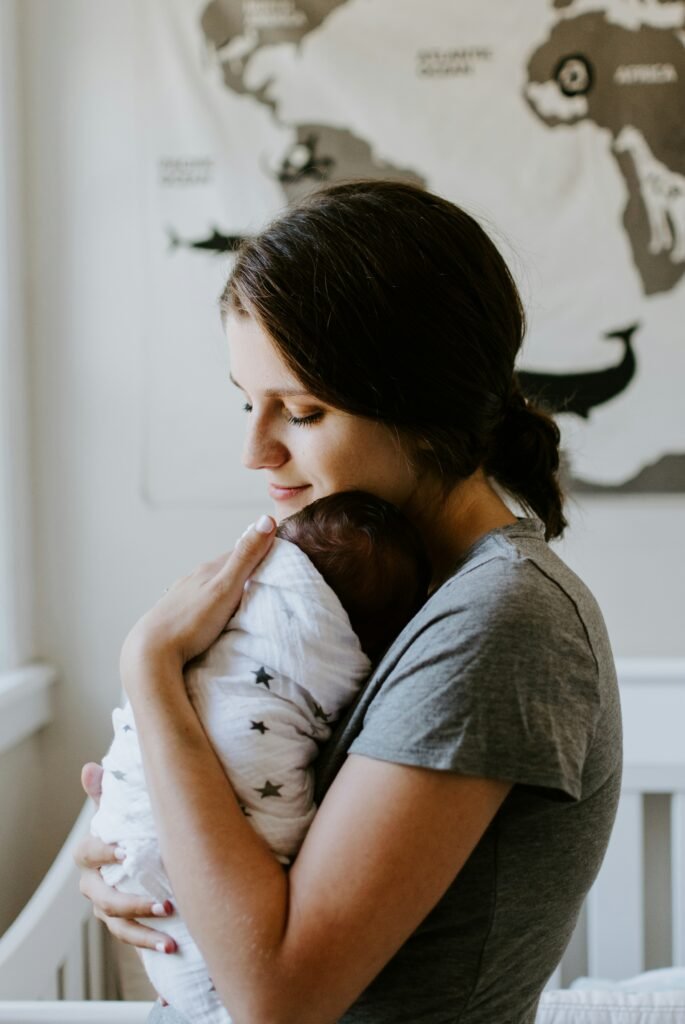
Check Baby Toys Guide & Review
Why it’s important to wash baby toys regularly
Prevention of illness
Regularly washing baby toys is crucial for preventing the spread of illness. Babies have developing immune systems and are more vulnerable to infections and diseases. By keeping their toys clean, you can help minimize their exposure to harmful germs and bacteria.
Removal of dirt and grime
Baby toys often come into contact with spills, drool, and food particles. Allowing dirt and grime to accumulate on toys can create a breeding ground for bacteria. Regular cleaning helps to eliminate dirt and ensure that your baby’s toys are safe and hygienic for play.
Elimination of bacteria and viruses
Baby toys can harbor harmful bacteria and viruses, especially if they have been in contact with sick individuals or contaminated surfaces. By washing toys regularly, you can effectively eliminate these pathogens, reducing the risk of your baby getting sick.
Factors to consider when determining how often to wash baby toys
Age of the baby
The age of your baby is an important factor in determining how often you should wash their toys. Younger babies who put toys in their mouths frequently may require more frequent cleaning. As your baby grows older and becomes less reliant on oral exploration, you may be able to reduce the frequency of washing.
Frequency of use
Consider how frequently your baby uses their toys. Toys that are used on a daily basis or taken outside may require more frequent cleaning compared to toys that are used infrequently or kept indoors. Take into account the amount of time your baby spends playing with each toy and adjust the washing schedule accordingly.
Toy material
Different materials require different cleaning methods. Some toys may be more prone to collecting dirt and bacteria, while others are easier to clean and maintain. Understanding the materials used in your baby’s toys will help you determine the appropriate cleaning frequency and method for each toy.
Recommendations for washing baby toys
Follow manufacturer’s instructions
Always refer to the manufacturer’s instructions for specific cleaning guidelines. Some toys may have special care instructions or limitations on the use of certain cleaning agents. Following these instructions will ensure that you clean the toys effectively without causing any damage.
Use hot water and soap
For most baby toys, washing with hot water and mild soap is sufficient to remove dirt and bacteria. Thoroughly rinse the toys after washing to remove any soap residue. Hot water helps to kill germs effectively, but ensure that the water temperature is safe for the toy material and your baby’s skin.
Disinfect with a solution
To disinfect baby toys, you can create a simple solution by mixing equal parts water and white vinegar. Apply the solution to the toy using a clean cloth or sponge, ensuring all surfaces are covered. Leave it on for a few minutes and then rinse the toy thoroughly. This method is suitable for most toys, but check the toy material and manufacturer’s instructions to be sure.
Machine washable toys
If your baby has plush toys or fabric-covered toys that are machine washable, it is best to follow the manufacturer’s instructions. Generally, placing them in a pillowcase or laundry bag can provide extra protection during the wash cycle. Use a gentle setting and mild detergent to preserve the quality of the toy.
Stuffed animals and soft toys
Stuffed animals and soft toys often require more delicate care. Check the label for specific washing instructions, as some may be spot clean only. For machine washable stuffed animals, it’s recommended to wash them on a gentle cycle and air dry to prevent damage.
How to wash different types of baby toys
Plastic toys
Plastic toys are often the most common type of baby toys. To wash plastic toys, start by wiping them down with a damp cloth to remove any visible dirt or residue. Next, prepare a mixture of warm water and mild dish soap. Use a clean sponge or cloth to scrub the toys thoroughly, including any crevices or hard-to-reach areas. Rinse the toys well and allow them to air dry before giving them back to your baby.
Wooden toys
Wooden toys require cautious cleaning to avoid damaging the wood. Start by wiping the toys with a clean, damp cloth to remove any surface dirt. Avoid using excessive water as it can cause the wood to warp. If the toys need further cleaning, use a mild dish soap diluted in water and a soft cloth to gently wipe them. After cleaning, wipe off any excess moisture and allow the toys to air dry.
Bath toys
Bath toys can accumulate soap scum, mold, and mildew due to their exposure to water. To clean bath toys, prepare a mixture of equal parts white vinegar and water. Submerge the toys in the solution and let them soak for about 15 minutes. After soaking, scrub the toys with a brush to remove any residue. Rinse the toys thoroughly with clean water and allow them to air dry before using them again.
Teething toys
Teething toys often end up in your baby’s mouth, so it’s important to keep them clean. For silicone teething toys, wash them with warm soapy water and rinse thoroughly. You can also boil these toys for a few minutes to ensure thorough disinfection. If the teething toys have fabric or plush parts, follow the manufacturer’s instructions for cleaning.
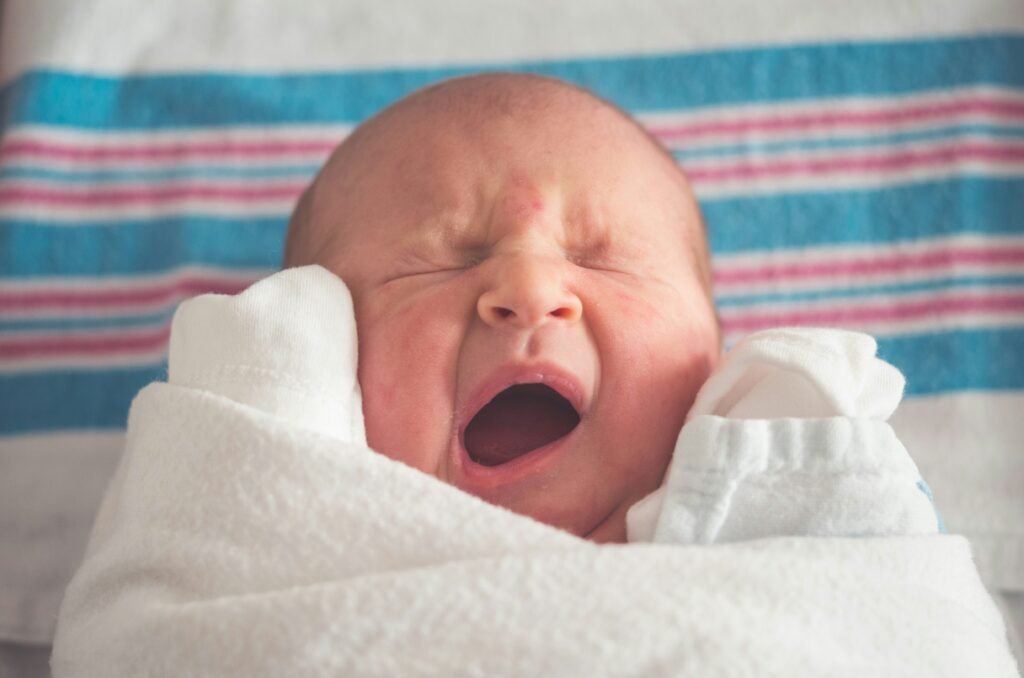
Tips for maintaining cleanliness of baby toys
Regular inspection
Regularly inspect your baby’s toys for signs of dirt, damage, or wear. By identifying early signs of contamination or deterioration, you can take appropriate cleaning or repair measures promptly, ensuring your baby’s safety and well-being.
Store toys properly
Storing baby toys properly helps to prevent unnecessary dirt and damage. Use labeled bins or storage containers to keep toys organized and separated from each other. Avoid storing toys in damp or dusty areas that can lead to mold growth or attract pests.
Keep toys away from pets
Pets can introduce dirt, hair, and even harmful bacteria to your baby’s toys. To maintain cleanliness, store toys in areas where pets cannot access them. Teach your child to play with their toys away from pets or wash any toys that come into contact with pet saliva or feces.
Clean toys after sick episodes
After your baby recovers from an illness, it’s important to clean their toys to prevent reinfection. Wash all toys that may have been in contact with your baby during their illness to eliminate any lingering bacteria or viruses.
Signs that baby toys need to be washed
Visible dirt and stains
Visible dirt or stains on baby toys indicate that they require immediate cleaning. Regularly examine the toys for any visible signs of dirt, food particles, or other stains. Promptly wash these toys to ensure they remain clean and safe for your baby.
Unpleasant odor
If your baby’s toys have a noticeable odor, it’s a clear sign that they need cleaning. Odors can indicate the presence of bacteria or mold, especially in soft or fabric toys. Clean these toys thoroughly to eliminate the odor and prevent any potential health risks.
Baby falling sick frequently
If your baby consistently falls ill or experiences unexplained allergies, it may be a sign that their toys need regular cleaning. Cleaning and disinfecting the toys can help minimize the spread of germs and reduce the risk of illnesses.
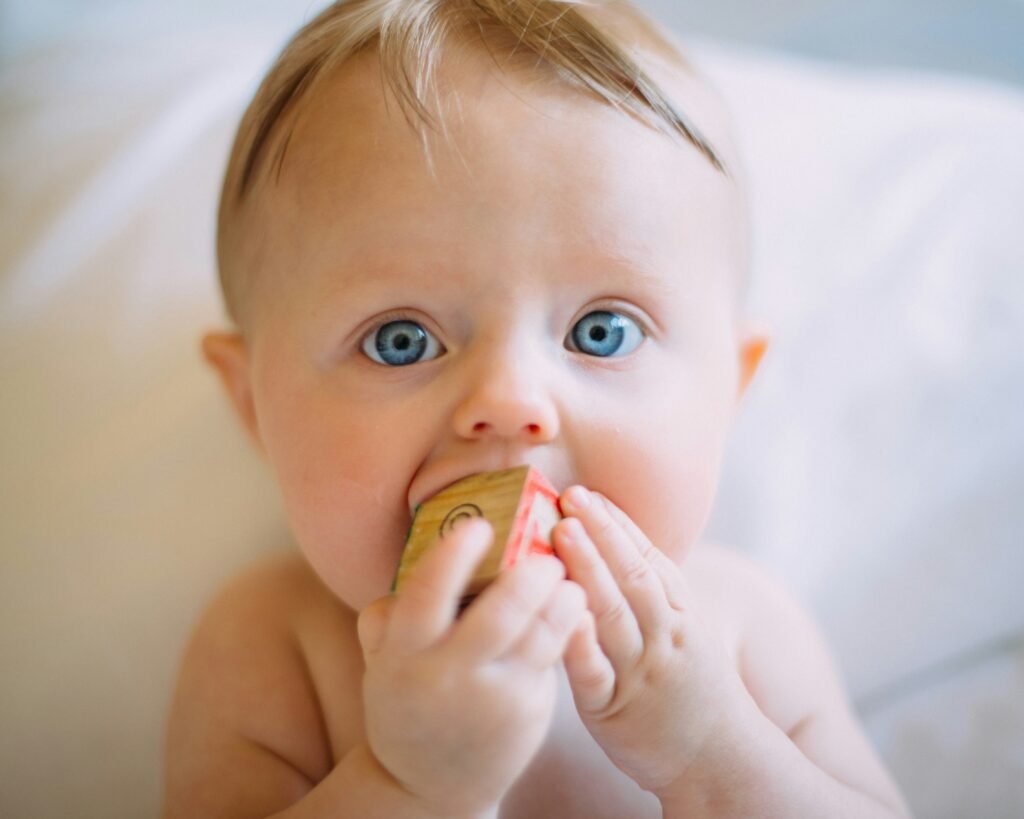
Additional measures for public/shared toys
Frequent cleaning in childcare facilities
In childcare facilities, where baby toys are often shared among multiple children, it’s important to establish a routine cleaning schedule. Toy rotation and regular cleaning can help reduce the risk of spreading germs and ensure a healthy environment for all children.
Avoid sharing toys with sick children
When your baby plays with other children, it’s essential to avoid sharing toys with those who are sick. Viruses and bacteria can easily transfer from one child to another through shared toys. Encourage hand hygiene and teach your child the importance of not sharing toys when they or others are sick.
Regular disinfection
In public or shared spaces, consider using disinfectant sprays or wipes to clean toys that are frequently touched by multiple children. Follow the manufacturer’s instructions on the disinfectant product and allow the toys to dry completely before they are used again.
Common mistakes to avoid when washing baby toys
Using harsh chemicals
Avoid using harsh cleaning chemicals or bleach on baby toys, as they can be harmful if residue remains on the toys. Stick to mild detergents and natural cleaners to ensure the safety of your baby and their toys.
Not drying toys properly
Properly drying baby toys after cleaning is essential to avoid the growth of mold or bacteria. Allow toys to air dry completely before returning them to your baby. If necessary, use a clean towel to gently dry any excess moisture.
Neglecting battery-operated toys
Battery-operated toys can be difficult to clean due to their electronic components. Refer to the manufacturer’s instructions for guidance on cleaning these toys. Some may be surface-clean only, while others may have removable parts that can be washed separately. Always remove the batteries before cleaning any electronic toys.
Conclusion
Prioritizing cleanliness when it comes to your baby’s toys is essential for their health and well-being. By washing baby toys regularly, you can prevent illness, remove dirt and grime, and eliminate bacteria and viruses. Factors such as the age of the baby, frequency of use, and toy material should be considered when determining how often to wash the toys. Following manufacturer’s instructions, using hot water and soap, and disinfecting with a suitable solution are effective ways to clean baby toys. Different types of baby toys require specific cleaning methods, and it’s important to regularly inspect, store, and clean toys to maintain their cleanliness. Signs that baby toys need to be washed include visible dirt and stains, unpleasant odor, and frequent sickness. Additional measures should be taken for public or shared toys, such as frequent cleaning in childcare facilities, avoiding sharing toys with sick children, and regular disinfection. Avoid common mistakes such as using harsh chemicals, not drying toys properly, and neglecting battery-operated toys when washing baby toys. By applying suitable cleaning methods and maintaining cleanliness, you can create a safe and hygienic environment for your baby’s playtime.

